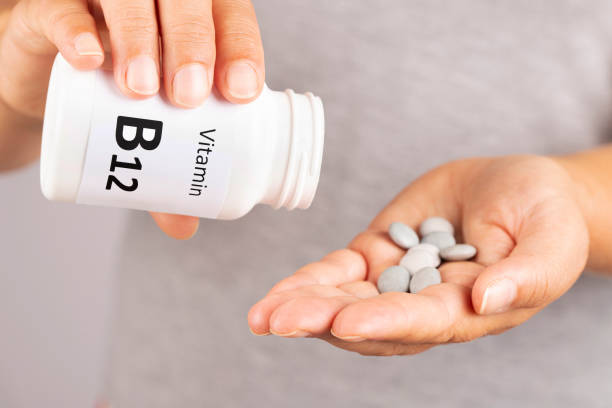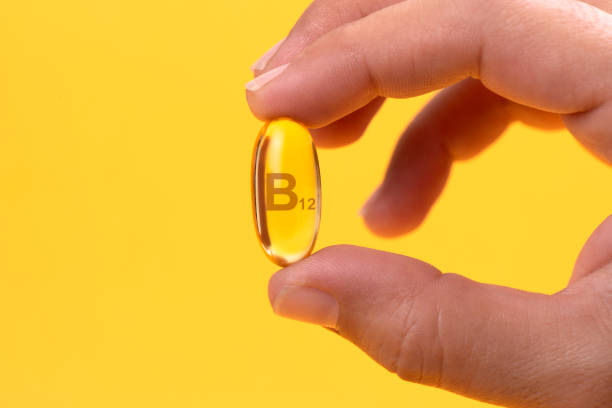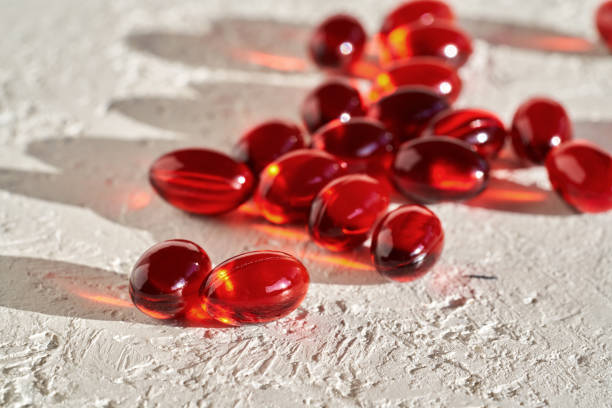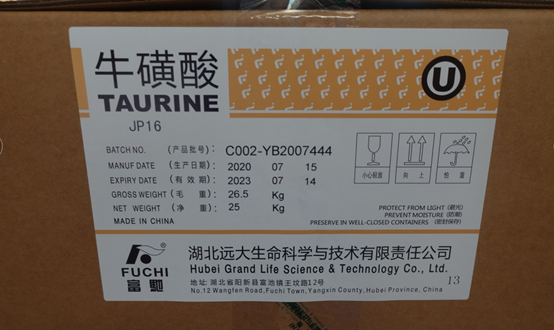How to Give a Vitamin B12 Shot
Vitamin B12 is an essential nutrient required for healthy nerve function, red blood cell formation, and DNA synthesis. While many people get sufficient amounts through diet or supplementation, some individuals require more direct forms of administration—such as injections—due to medical conditions or absorption issues.
Understanding Vitamin B12: Why It Matters
Vitamin B12, also known as cobalamin, plays a critical role in maintaining brain health, supporting metabolism, and preventing megaloblastic anemia. It’s commonly found in animal-based foods such as meat, fish, dairy, and eggs.
However, not everyone absorbs vitamin B12 efficiently. Certain groups—such as older adults, vegetarians, individuals with gastrointestinal disorders, and those taking specific medications (e.g., metformin or proton pump inhibitors)—may develop a B12 deficiency.
When oral supplements or alternatives like vitamin B12 patches or vitamin B12 IV infusion aren’t effective or appropriate, B12 injections become the gold standard for repletion.
Who Needs Vitamin B12 Shots?
Vitamin B12 shots are often prescribed for people with:
-
Pernicious anemia (autoimmune destruction of intrinsic factor needed for B12 absorption)
-
Gastrointestinal surgeries (e.g., gastric bypass, ileal resection)
-
Crohn’s disease or celiac disease
-
Chronic alcoholism
-
Long-term use of acid-reducing medications
-
Vegan diets without supplementation
-
Infants or children with congenital absorption disorders (i.e., vitamin B12 for kids in clinical care)
Injections ensure direct delivery into the bloodstream, bypassing the digestive system entirely.

Forms of Injectable Vitamin B12
Before you learn how to give a vitamin B12 shot, it’s important to understand the types of B12 used:
-
Cyanocobalamin: A synthetic form of B12, widely available, cost-effective, and stable.
-
Methylcobalamin: A naturally occurring, bioactive form of B12 preferred for neurological conditions.
-
Hydroxocobalamin: Common in Europe, with a longer half-life and used in cases like cyanide poisoning or long-term deficiency.
Always confirm the form your doctor prescribes and follow dosage instructions carefully.
Injection Types: IM vs SC
There are two primary methods of B12 injection:
Intramuscular (IM) Injection
This is the most common method. The vitamin is injected deep into the muscle, typically the deltoid (upper arm), gluteus (buttocks), or vastus lateralis (thigh). IM injections ensure quick absorption and are preferred in clinical settings.
Subcutaneous (SC) Injection
Less common for B12, but sometimes used. The vitamin is delivered into the fat layer just under the skin, often in the abdomen or thigh. This method is less painful but may absorb more slowly.
Supplies You Will Need
Before administering a vitamin B12 injection, gather the following supplies:
-
Prescribed vitamin B12 ampoule or vial
-
1–3 mL syringe
-
Needle for drawing (18G–20G)
-
Needle for injection (22G–25G for IM; 25G–27G for SC)
-
Alcohol swabs
-
Sterile gloves
-
Sharps disposal container
-
Cotton ball or gauze
Always use sterile, single-use supplies for each injection.
Step-by-Step: How to Give a Vitamin B12 Shot (IM Method)
Step 1: Wash and Sanitize
-
Wash your hands thoroughly with soap and water.
-
Wear sterile gloves if you are administering the injection to someone else.
Step 2: Prepare the Medication
-
Wipe the top of the B12 vial with an alcohol swab.
-
Draw air into the syringe equal to the volume you plan to withdraw (usually 1 mL).
-
Insert the needle into the vial and push the air in. This prevents vacuum lock.
-
Invert the vial and slowly draw out the required dose.
-
Remove air bubbles by gently tapping the syringe and pushing the plunger slightly.
Step 3: Choose the Injection Site
For intramuscular injection, common sites include:
-
Deltoid muscle (upper arm) – best for adults with adequate muscle mass
-
Vastus lateralis (side of the thigh) – ideal for self-injection
-
Ventrogluteal or dorsogluteal (buttocks) – often used in clinical settings
Clean the site with an alcohol swab and allow it to dry.
Step 4: Inject the Vitamin B12
-
Hold the syringe like a dart at a 90-degree angle.
-
Quickly insert the needle into the muscle.
-
Pull back slightly on the plunger to check for blood (aspiration). If blood enters the syringe, withdraw and try a new site.
-
If clear, slowly push the plunger to inject the vitamin B12.
-
Withdraw the needle swiftly and apply gentle pressure with a cotton ball or gauze.
Step 5: Dispose of Materials
-
Dispose of the needle and syringe in a sharps container.
-
Do not recap the needle.
-
Wash your hands again.

Optional: Subcutaneous (SC) Injection Technique
If instructed by a healthcare provider, you may administer vitamin B12 subcutaneously. Follow similar steps, but:
-
Pinch the skin to lift the fat layer.
-
Insert the needle at a 45-degree angle (or 90 degrees for very thin needles).
-
No aspiration is required.
-
Inject slowly and evenly.
Frequency and Dosage
Vitamin B12 injection frequency depends on the cause of deficiency:
| Condition | Initial Treatment | Maintenance |
|---|---|---|
| Pernicious anemia | 1000 mcg IM daily for 1 week, then weekly for a month | Monthly |
| Post-surgical patients | Weekly or biweekly for 1–2 months | Every 1–3 months |
| Vegans or dietary deficiency | Weekly for a month | Monthly or oral maintenance |
| Children (clinical) | Individualized based on weight and need | Under physician care |
Always consult a healthcare provider before modifying dosage, especially in cases involving vitamin B12 for kids.
Signs of Correct Administration
A successful B12 injection should cause:
-
Minimal pain at the site
-
A small bump that fades within an hour
-
Mild redness or soreness that resolves within 24 hours
If symptoms worsen (swelling, pain, fever, rash), consult a doctor immediately.
Alternatives to B12 Injections: When Injections Aren’t Ideal
For some individuals, alternative delivery methods may be considered:
Vitamin B12 Patches
These are applied to the skin and claim to deliver B12 transdermally. However, research supporting their efficacy is limited, and they are generally not recommended for those with severe deficiencies.
Vitamin B12 IV Infusion
This method delivers a high dose of B12 directly into the bloodstream. It’s often used in medical spas or clinics for quick energy boosts or in severe deficiency states. However, IV therapy requires professional administration.
Oral and Sublingual Forms
For individuals without absorption issues, tablets and sublingual drops or sprays may suffice for maintenance.
Still, vitamin B12 injections remain the most reliable and efficient method for addressing moderate to severe deficiency.
Special Considerations for Children and Older Adults
Vitamin B12 for Kids
Pediatric administration requires special care. Dosage must be calculated based on body weight, and injections should be given by trained healthcare professionals. Children with inherited metabolic disorders or malabsorption syndromes may need lifelong B12 therapy.
Elderly Patients
Older adults often have reduced stomach acid or atrophic gastritis, leading to poor B12 absorption. Injections offer an effective solution, often improving cognitive function, energy, and balance.
Common Mistakes to Avoid
-
Reusing needles – Always use a new, sterile needle and syringe.
-
Skipping site rotation – Alternate injection sites to avoid tissue damage.
-
Neglecting to aspirate (when necessary) – Especially for IM injections.
-
Improper storage – Keep B12 vials in a cool, dark place; avoid heat and light exposure.
-
Not checking expiration dates – Always verify before drawing medication.

Monitoring and Follow-Up
After starting vitamin B12 injection therapy, follow-up is critical. Your doctor may:
-
Monitor serum B12 levels
-
Evaluate homocysteine and methylmalonic acid (MMA)
-
Check complete blood count (CBC)
-
Assess for symptom improvement (fatigue, cognitive clarity, neuropathy)
Symptoms like improved energy, mood, and focus typically appear within days to weeks.
The Power of Proper B12 Administration
Knowing how to give a vitamin B12 shot empowers patients and caregivers to take proactive control of their health. With proper technique, accurate dosing, and responsible follow-up, B12 injections can drastically improve the quality of life for individuals with absorption issues or long-term deficiencies.
Whether you’re exploring options for vitamin B12 for kids, considering vitamin B12 patches, or have tried vitamin B12 IV infusions, injections remain the most consistent and efficient method for delivering this essential nutrient.
When in doubt, always consult your physician—and remember that proper training and sterile technique are key to safe administration.



